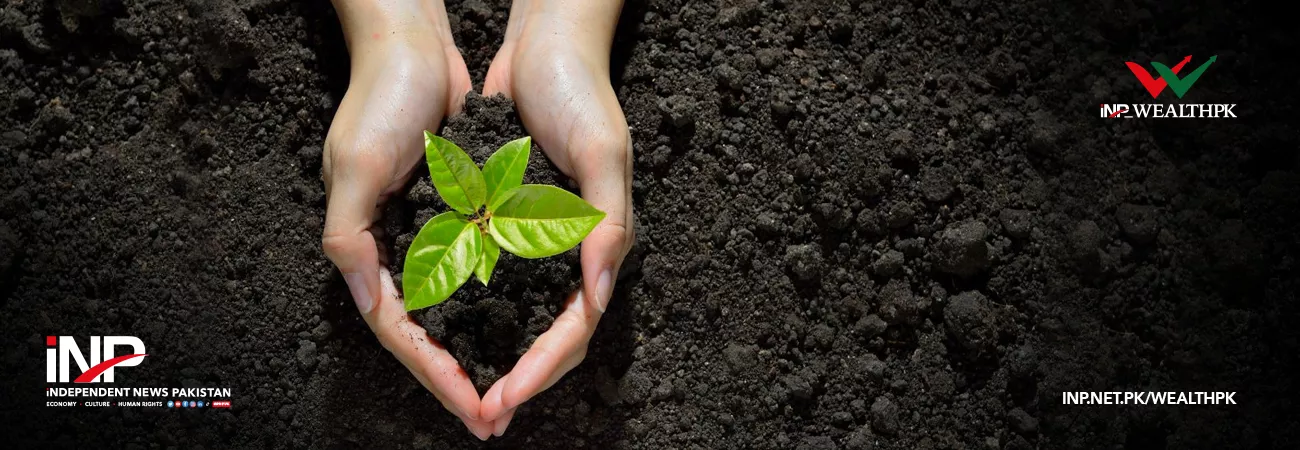INP-WealthPk
The existing environmental laws need a serious modification in reference to the green building for environment-friendly urban development. The cornerstone of green or eco-friendly buildings is the development of structures and infrastructure using sustainable materials and technology. A green or sustainable building is the one that may preserve or raise the standard of living in the area in which it is situated. These were the key takeaways at a webinar organized by the Institute of Urbanism (IoU) to increase awareness of the significance of green buildings in sustainable urban development. The panel included Director General Pak-EPA Farzana Altaf Shah and Zofeen Ebrahim, a distinguished environmental journalist based in Karachi, according to information available with WealthPk. Speaking on the occasion, Farzana Shah said with regard to Islamabad’s building bylaws and green infrastructure components, a serious effort was required to comprehend the concept of green buildings.
“We must determine whether buildings should be built in a certain location before discussing construction codes. We also need to determine if a horizontal or vertical expansion should be pursued as a significant amount of productive land has turned into housing societies,” she added. She underlined that green construction was not only about adding solar panels to the roof; it began with the building’s base and continued throughout its whole life. According to the DG EPA, the present environmental rules include project-level developments like roads, high rises, and plazas. Moreover, Environmental Impact Assessments (EIAs) were being conducted by the Pak-EPA to address this issue. She suggested the establishment of an urban planning unit, adding, “Planning for any type of development should fall under that unit. Our environmental regulations do not specifically address housing development.
The materials and wiring of dwellings are not well-explained by our building rules. Everybody is handling it within their means. It eventually causes significant losses. Our environmental regulations have a lot of potential for improvement. There should be an expert panel for consultation.” Shah mentioned that the environmental regulations need to be updated with regard to green construction criteria. The Ministry of Climate Change (MoCC) has undertaken the task of creating green construction rules and expanding the list of issues that need to be addressed, whereas that document was still being developed, though, Farzana Altaf Shah said. In response to a query on the significance of green infrastructure and Karachi’s status in this context, Zofeen Ebrahim said green development should reduce waste, ensure sustainable development, and increase resource efficiency.
“However, there is no good news for the metropolis of Karachi. There are many instances of haphazard planning, but none of it is coordinated or accurate.” In her further remarks on the value of green infrastructure for economic effectiveness, she said, “In our haste to maximize the economic production of land, we are neglecting the green spaces and not even considering creating new public gathering places for people.“ “According to the World Bank satellite imagery from 2001, Karachi had 4.6% of green space, which fell to 3.7% in 2013,” she noted. She said the government should focus on social capital rather than just economic benefits. “A key component of green urban development is mass transit. Since 2008, five BRT projects have been announced; however, only one has been completed in Karachi,” she added. “Our apathy in everything is a major roadblock to a greener future. Although we have many professionals in various fields, they are not taken on board,” Zofeen said.s
Credit : Independent News Pakistan-WealthPk




